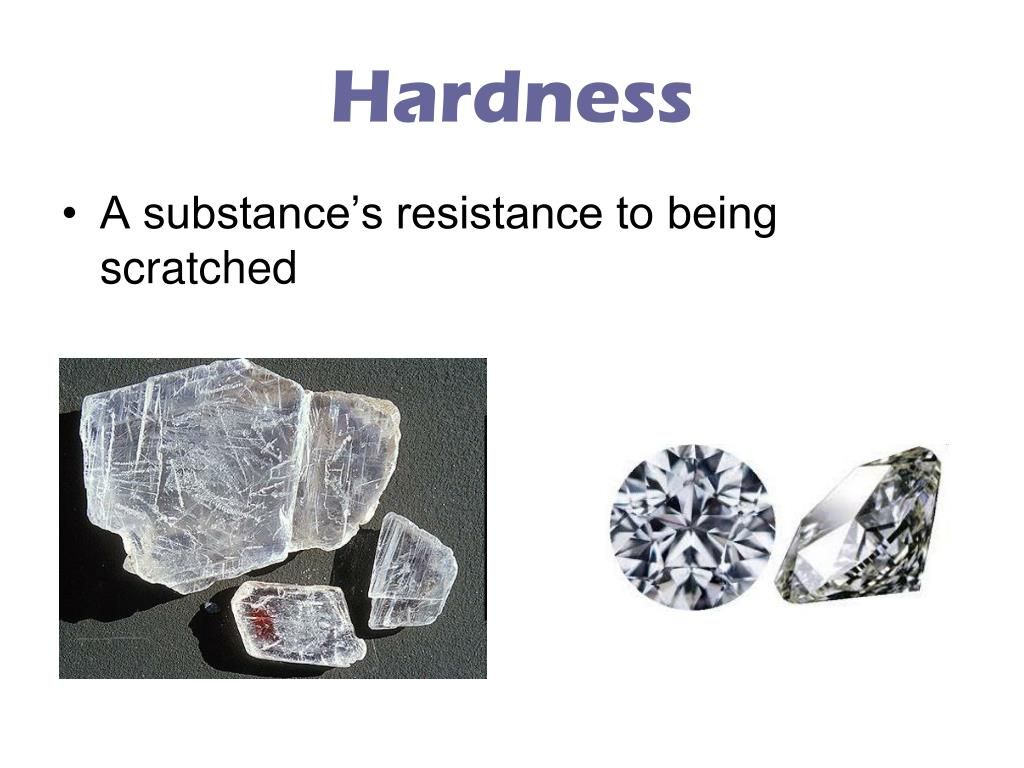Hardness and yield strength are two important mechanical properties used to characterize the strength of a material. Hardness refers to the ability of a material to resist deformation, while yield strength is the amount of stress a material can withstand before it begins to deform permanently. In the manufacturing and engineering industries, it is crucial to understand the relationship between hardness and yield strength to ensure the quality and reliability of the final product.
Converting hardness to yield strength can be a complex process, as the relationship between the two properties depends on the specific material being tested. However, there are conversion charts and tables available that can provide approximate values for yield strength based on hardness readings. These charts are typically created through empirical testing and data analysis, and can be a useful tool for engineers and manufacturers looking to estimate yield strength based on hardness measurements.
Hardness To Yield Strength Conversion Chart
Using the Conversion Chart
When using a hardness to yield strength conversion chart, it is important to keep in mind that the values provided are estimates and may not be exact for every material. It is always recommended to perform material testing and analysis to determine the actual yield strength of a material. However, conversion charts can still be a valuable tool for quickly estimating yield strength based on hardness readings, especially in situations where testing may be limited or time-consuming.
